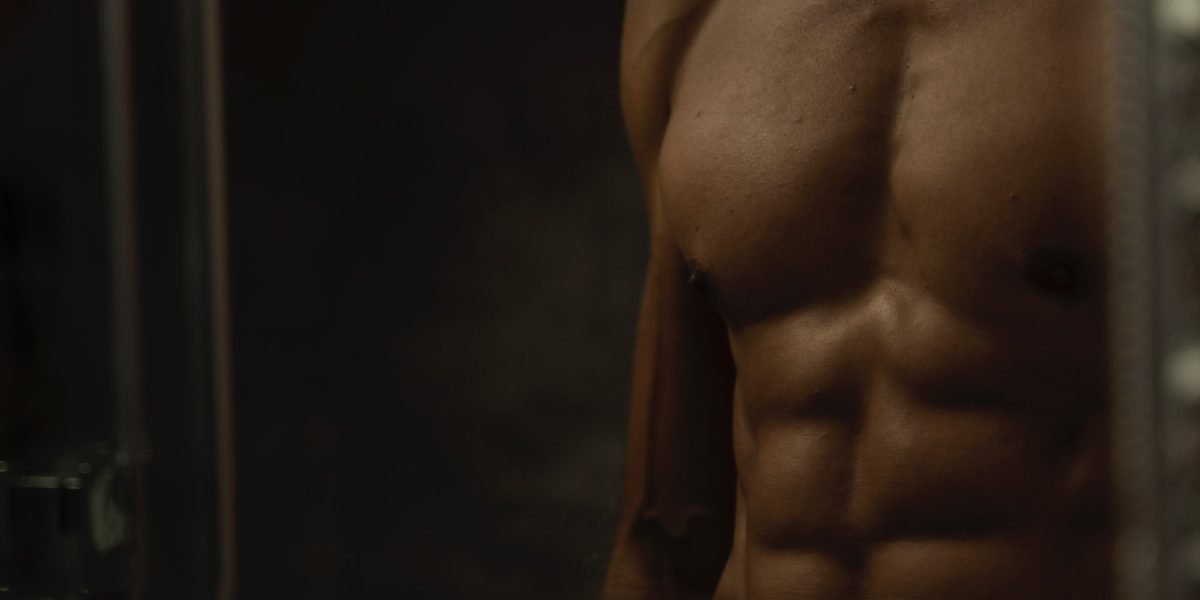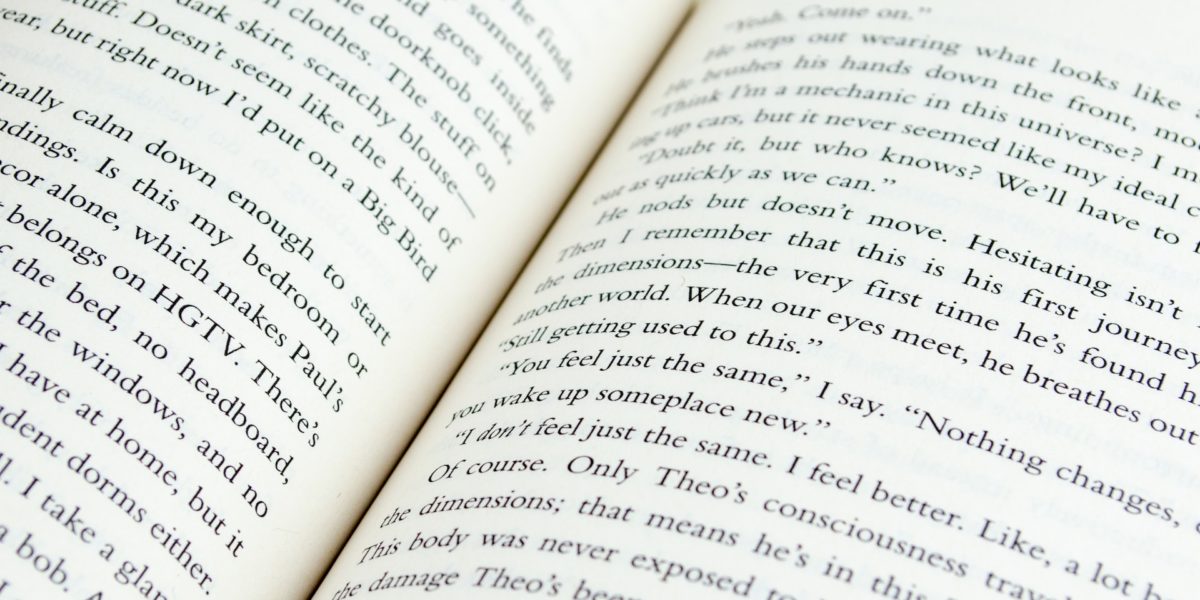The appearance of sex toys tells us a lot about how people felt about lust and gratification at a particular time. About the taboos that might still attach to them. And about the future of sex and the ideals of designers.
Mechanical and cold
It was about 150 years ago that the British physician Joseph Mortimer Granville invented and developed the first electric vibrator. The gadget was used for all sorts of ailments, from muscular pain and constipation to backache and diabetes. Vibrators looked more or less the same way until the 1960s: mechanical, functional and cold. They say a great deal about the gender-normative view of sexuality and also show that designers were mostly cisgender men. The sexual revolution changed all that and focused greater attention on female pleasure and the clitoris.
Me Tarzan
And then there was Tarzan. A vibrator developed by the Japanese company Vibratex, which was on pretty much everyone’s wish list in the 1970s. Its success had everything to do with its triple stimulation. The design – a little man with a monkey between his legs – looked like a toy. Which was important, because sex toys were banned in Japan. Despite this, Tarzan competed with the Hitachi Magic Wand – a vibrator initially introduced in 1968 as a massager. The toy became so popular – due in part to Betty Dodson’s legendary masturbation workshops in the early 1970s – that the hit American TV series Sex and the City devoted an entire episode to the toy in 2002.
Something for everyone
Much has changed since the beginning of this century, due not least to technological advances, the rise of the Internet and free access to information. Heteronormative standards are shifting and sex toys are now being designed for and by individuals with diverse sexual preferences and gender identities.












